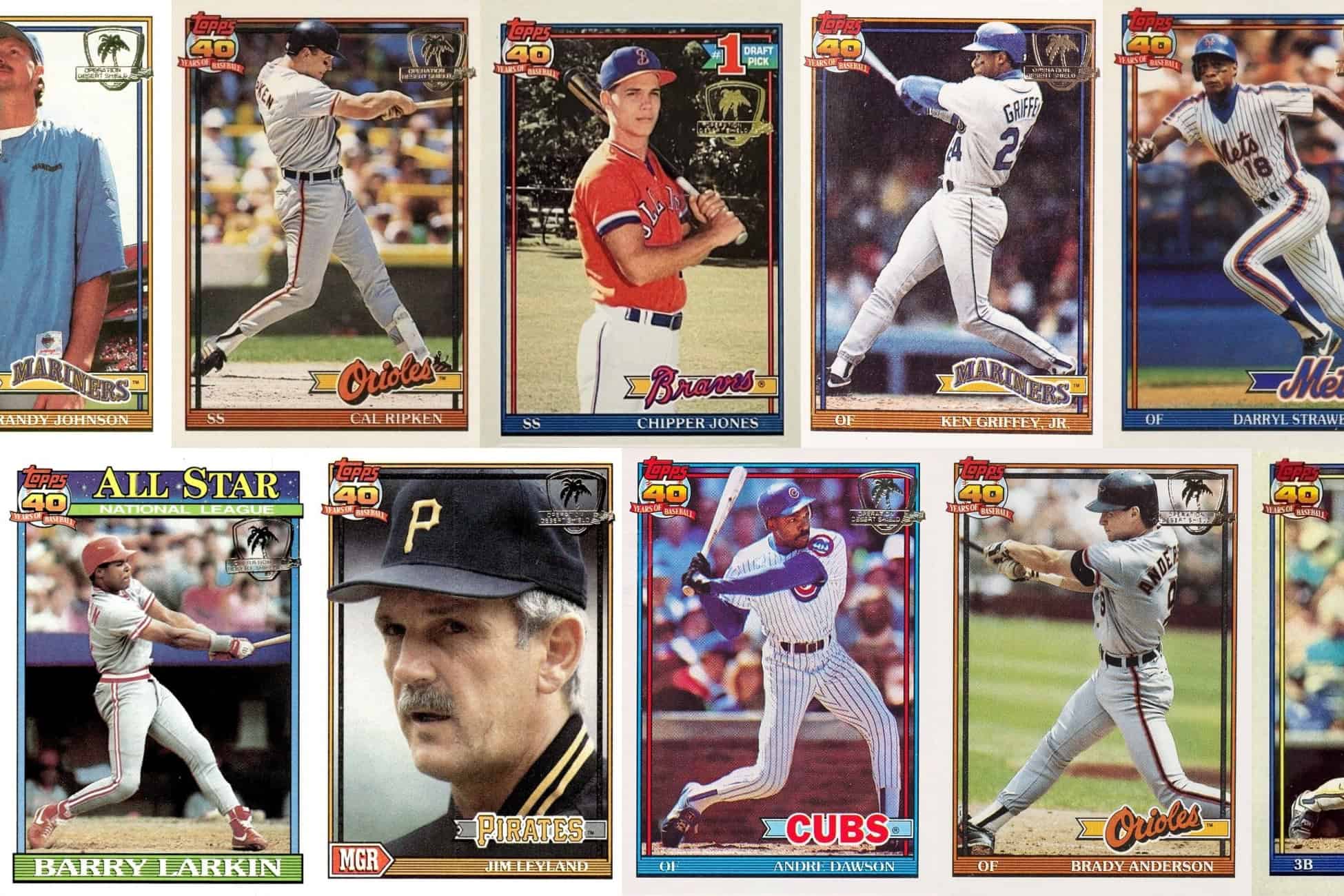Baseball cards often carry stories that go well beyond the diamond. Some sets reflect the booming markets of the 1980s, others capture the artistry of modern designs, and a few stand as cultural artifacts. The 1991 Topps Desert Shield cards fall into that last category. They are not just baseball cards but physical reminders of a specific moment in U.S. history, when sports intersected with global conflict and military service.
Issued at the height of the Gulf War, these cards linked America’s pastime with soldiers stationed thousands of miles from home. While the standard 1991 Topps set flooded the market as part of the junk wax era, the Desert Shield parallel emerged as a scarce and meaningful rarity. Collectors today regard them as one of the most fascinating crossovers between hobby and history.
For those who want to understand why the set holds such a powerful reputation, it helps to look at how it came to be, how it was distributed, and how collectors distinguish genuine examples from counterfeits. From Chipper Jones rookies worth thousands to commons that still hold value, Desert Shield cards remain an enduring testament to both the hobby and the era that produced them.
1991 Topps Desert Shield: The Basics

In 1991, Topps produced a special edition of its flagship baseball card set for distribution to American troops serving overseas during Operation Desert Shield. These cards looked nearly identical to the standard issue but included a distinctive gold foil stamp on the front. The logo, a shield featuring an eagle and a star, was symbolic of the military operation underway in the Middle East.
The idea was simple: bring soldiers a small piece of home. Baseball, long celebrated as America’s pastime, served as a cultural touchstone that could provide comfort and connection. The cards were never meant as a commercial product or collector’s chase item. Instead, they were gifts of morale at a time when many service members were far from family and familiar comforts.
Because the cards originated as part of a historic global event, they carry layers of meaning that standard issue sets cannot. Each card is more than a collectible; it is a reminder of the Gulf War era and the people who served during it.
Operation Desert Shield Card Distribution
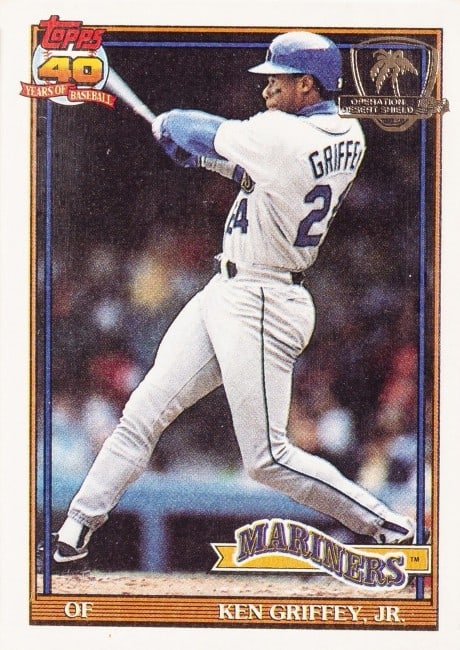
Unlike other special editions, Desert Shield cards bypassed the normal retail pipeline. Topps printed them at its Duryea, Pennsylvania facility and shipped them directly to U.S. military installations abroad. The cards were inserted into standard wax packs and sent in cases, just like the base product, but their destination was overseas rather than American store shelves.
Estimates suggest that around 6,500 complete sets were printed. That number is small compared to the tens of millions of base 1991 Topps cards. However, not all those cards survived. Soldiers sometimes opened packs in desert conditions, stored them in duffel bags, or mailed them back home with little thought to preservation. Many cards were lost or damaged, and those that returned in pristine condition are rare.
The uneven distribution also means that not every soldier received cards. Some bases got shipments, while others did not. This randomness has made complete surviving sets even more elusive for collectors. Unlike modern short prints, scarcity here was not manufactured but resulted from difficult circumstances.
How to Identify Topps Desert Shield Cards
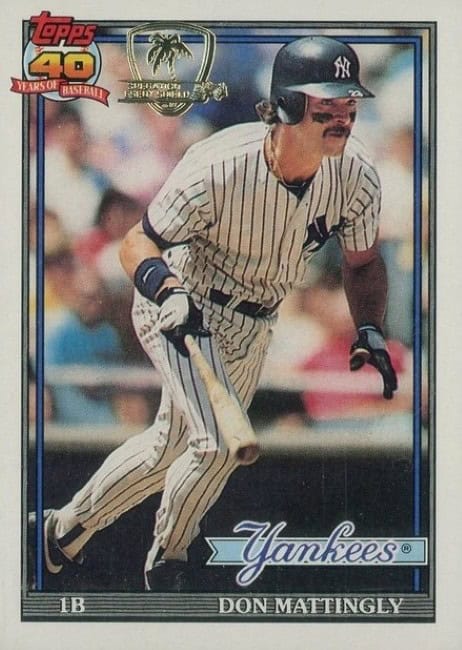
At first glance, an Operation Desert Shield card looks nearly identical to a base 1991 Topps card. The photography, card stock, and numbering remain unchanged. The sole distinguishing feature is the gold foil logo located in the upper right corner of the card front.
On authentic cards:
- The foil logo has a metallic, reflective sheen.
- The design is crisp, showing fine details of the eagle and star.
- The shield is consistently positioned across cards.
- The logo is flush with the card surface, not raised like a sticker.
Because of this single difference, collectors must examine the logo carefully. Even experienced hobbyists sometimes overlook the distinction when casually flipping through boxes of 1991 cards. Spotting the gold foil requires a trained eye and good lighting.
How to Identify Counterfeits
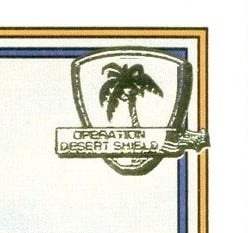
With high demand comes the problem of fakes. Many counterfeit Operation Desert Shield cards start as genuine base 1991 Topps cards, with a forged logo applied afterward. The easiest way to protect against counterfeits is to know the signs of authenticity.
Collectors should watch for these red flags:
- Logos that appear flat, printed, or dull instead of reflective.
- Blurry edges around the shield or eagle where detail should be sharp.
- Inconsistent placement of the foil, sometimes shifted higher or lower than normal.
- Logos that appear raised above the card surface, as if applied with a sticker or ink.
- A lack of depth or metallic shine when held under light.
The risk is highest with star players and rookies, especially the Chipper Jones card. Because of its value, counterfeiters often target it. For expensive cards, grading and authentication from PSA, SGC, or Beckett provides added protection. Population reports from these grading companies also highlight how few high-grade examples exist, further underscoring scarcity.
Value vs. 1991 Topps Base Cards
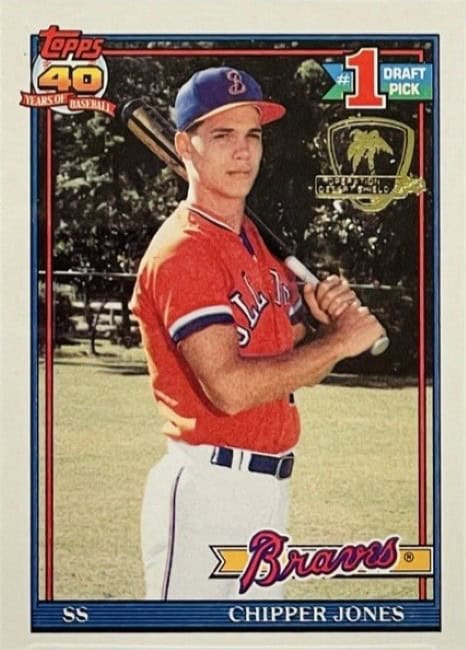
The difference in value between Desert Shield and base cards is enormous. The 1991 Topps base set is one of the quintessential “junk wax” products, printed in massive quantities that still flood the hobby today. Even iconic players like Ken Griffey Jr. or Nolan Ryan often sell for a dollar or two in base form.
Desert Shield cards are an entirely different story. A Chipper Jones rookie in PSA 10 can exceed $10,000. Stars like Griffey, Ryan, Cal Ripken Jr., and Barry Bonds also command strong prices, with high-grade copies reaching hundreds or thousands depending on demand. Even commons can bring $20 or more in mid-grade condition, a stark contrast to their near-worthless base versions.
Scarcity drives this difference, but so does historical context. Collectors see Desert Shield cards not only as rare parallels but also as tangible pieces of history, held by a soldier’s hand. This emotional value adds a premium that goes beyond supply and demand.
How Collectors and Fans Perceive the Cards
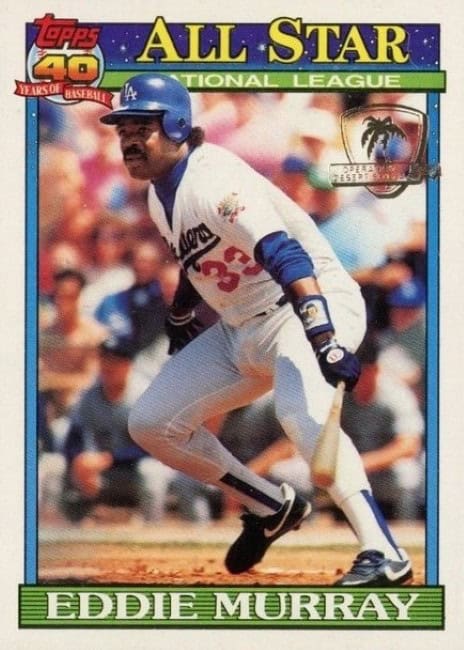
Topps Desert Shield cards occupy a special place in the hobby because they represent an organic rarity. Unlike serial-numbered parallels or limited inserts created to drive sales, their scarcity was unintentional and solely rooted in distribution, which rarely occurs. When it does occur, cards tend to sell for a steep premium, like the T206 Honus Wagner or 1933 Goudey Napoleon Lajoie. Collectors truly value scarcity when it isn’t profit-driven.
Fans also appreciate their cultural weight. Baseball cards have often mirrored American life, and Desert Shield cards directly reflect the Gulf War era. For veterans who received packs overseas, the cards hold personal meaning. For hobbyists, they serve as reminders of how sports and society intertwine.
Within the collecting community, Desert Shield cards are often seen as one of the most intriguing challenges of the early 1990s. Completing a set is both expensive and difficult, and building even a small collection of stars requires persistence. The cards have maintained demand even as other products from the same era remain stagnant in value.
Additional Insights for Collectors
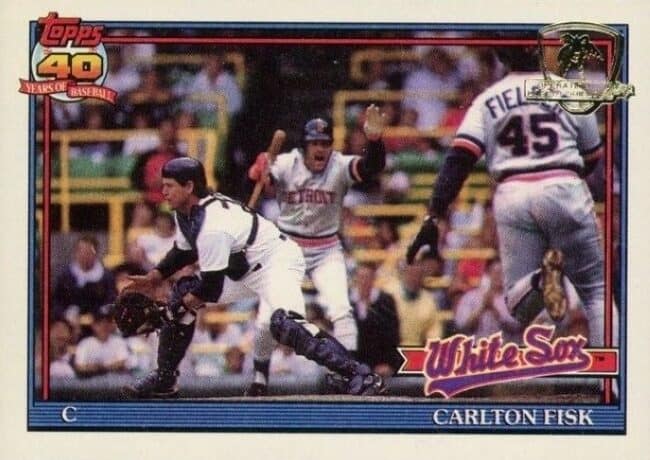
A deeper look into the Desert Shield set reveals several insights that collectors should know:
- Condition is critical: Desert environments were not kind to thin cardboard. Many surviving cards show edge wear, creases, or fading. High-grade examples are disproportionately scarce.
- Grading populations tell the story: PSA’s population reports show that while thousands of base 1991 Topps Chipper Jones rookies exist in PSA 10, Desert Shield versions number only in the hundreds at top grades.
- Military veteran provenance: Cards with direct provenance to a veteran can hold additional sentimental value, though the market mostly focuses on condition and authentication.
- Complete sets are scarce: While single cards are attainable, full sets almost never appear for sale. Collectors often spend years, and countless thousands of dollars, piecing them together.
- Investment appeal: Unlike many junk wax era cards, Desert Shield cards have demonstrated consistent long-term growth. Their scarcity and story provide stability in a volatile market.
Conclusion
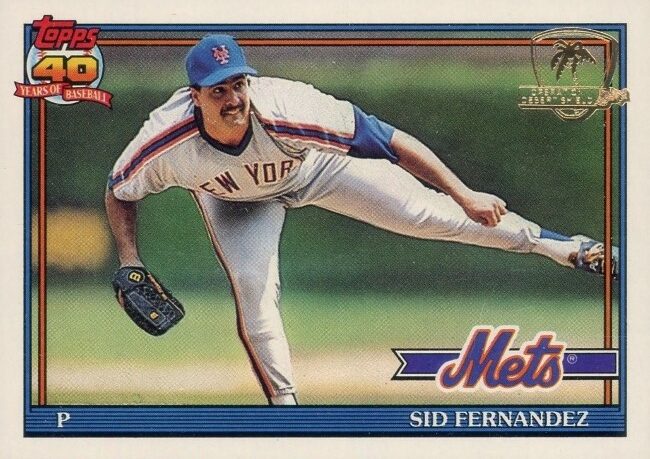
Topps Desert Shield baseball cards stand apart from nearly every other issue of the early 1990s. Created not for profit but as a gesture of support to U.S. service members, they connect baseball, American history, and the hobby in a powerful way. Their scarcity, vulnerability to counterfeiting, and dramatic value compared to base cards make them both challenging and rewarding for collectors.
For hobbyists, they are more than cardboard. They are symbols of an era when America’s pastime traveled overseas, carried in the duffel bags of soldiers far from home. Owning a Desert Shield card is not just about completing a checklist but about holding a piece of history where sport and service intersected.
